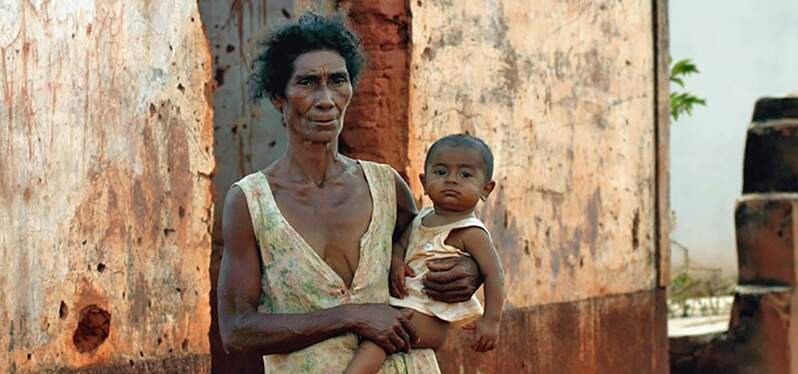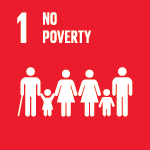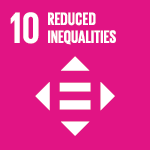Posted in: 12/14/2023
Poverty in Brazil is an old challenge, but it has been decreasing. According to the Synthesis of Social Indicators, from the Brazilian Institute of Geography and Statistics (IBGE), in 2022, 67.8 million people in poverty and 12.7 million in extreme poverty, compared to 78 million and 19.2 million, in 2021, respectively.
In proportions, there was a reduction to 31.6% in the percentage of people in poverty and to 5.9% in the proportion of people in extreme poverty – those who live on less than R$200.00 per month.
Even with the drop, it was still not possible to reach the lowest poverty rate in the country, because, in 2014, Brazil recorded 30.8% and 5.2% of the population living in situations of poverty and extreme poverty.
Demographically, the Northeast is the region that concentrates the highest percentage of people in poverty, 43% of the 67.8 million . The Southeast accounts for 30.7% and the North region accounts for 12.8%. The remaining 13.5% are distributed between the South and Central West regions.

In addition, when considering factors such as gender and ethnicity, the data still shows that black and brown women are the most affected by poverty and extreme poverty. They represent 41.3% of the population in poverty and 8.1% in extreme poverty. Detailing this section even further, 72.2% of black and brown women who are in a situation of poverty have children under 14 years of age and do not have a spouse.
The research The Multiple Dimensions of Childhood and Adolescent Poverty in Brazil, carried out by UNICEF, showed that < a i=3>32 million children and adolescents are in a situation of poverty in Brazil.
The IBGE survey shows that social programs are crucial to the process of poverty reduction and, if they did not exist, the numbers could be up to 80% larger.
Social programs were able to contribute 20% of total income in the homes of poor people. In the case of extremely poor households, social programs contributed with 67% of income.
Income from work contributed 27% of the income of families in extreme poverty. In the case of poor families, this number reached 63%.


Sign up and receive our news.